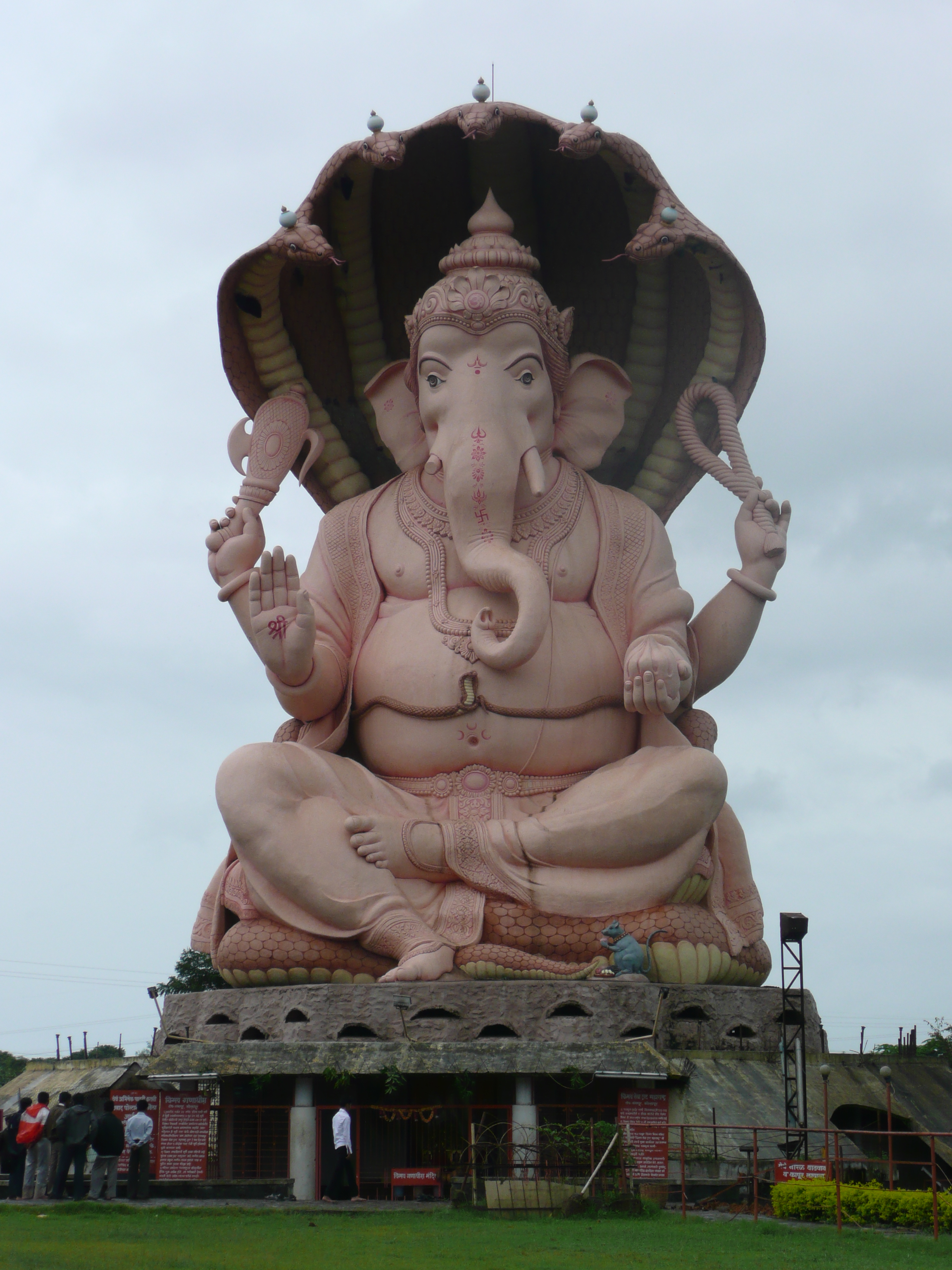The Hindu deity Visnu is said to have had nine avatars with a tenth still to come (McLeish 1). The fifth of these is the Vamana avatar, the dwarf avatar. The dwarf avatar is said to have been of Brahmin nature. Although the avatars are interpreted differently throughout devotional literature; however, all writings address the avatar as being Brahminic in nature (Soifer 114). The reason for the need of avatars is not certain. However, a rationale is provided in the Bhagavad Gita in the words of Krsna “Whenever the dharma withers away and adharma arises, then do I send myself forth. For the protection of good, for the destruction of evil-doers, for the establishment of the dharma do I come into being age after age” (Bhagavad Gita 4.7-8). This statement makes clear that avatars descend to earth to correct the wrong doings and protect the innocent from evil. Visnu’s fifth avatar was no exception from this rule. The dwarf was sent to destroy the forces of Bali. In the thirty different versions of the myth, there at least two which are identical to the other texts (Soifer 113). While there are many versions of the myth, certain elements remain consistent.

All twenty-eight different versions of the myth have small variations, but do not alter the overall meaning. “[I]t would be safe to suggest that nearly any version could be picked and exhibited as ‘typical’” (Soifer 114).The Vedas, the Brahmanas and the Puranas are major texts containing myths of the Vamana avatar. These differences can be put into context by three varying patterns [Deborah Soifer illustrates these three patterns in great detail in her book (114-115); I provide only a brief overview]. The first variance is that Bali is a typical demon, whose desire is to cause havoc and is ignorant of Visnu’s greater power. The second presents a topsy turvey point; Bali is presented as a demon that does good, which is dangerous because he is in violation of Svadharma (one’s own obligatory duty, based on one’s caste, gender, or social position). In the myths containing this skewed view, Bali was able to win heaven by using a boon given to him by Brahma for his sternness. The third variance is that Bali willingly gives his kingdom to the dwarf. This gives a view of the demon’s dependence on the gods of Hinduism. We can correlate these three patterns to time periods using motifs that are present in the myth. The first variance can be linked to the Vedic period, the second to the post-Vedic period, and the third is characteristic of the bhakti period. Having looked at the varying patterns of the myth, we can obtain a greater understanding pertaining to the development of the myth over time.
The purpose of the dwarf avatar is that Visnu had been asked to descend to earth by Indra in order to end king Bali’s reign, and to make the earth less like heaven so that the gods can once again gain control (Soifer 119). The purpose of the dwarf avatar, being Brahminic in nature, appears to be for keeping a logical flow to the myth, because only the Brahmins receive gifts before a sacrifice (Soifer 123). The dwarf’s arrival is at the moment when Bali about to perform a sacrifice, which is when Brahmins are given gifts. The sacrifice differs from myth to myth. In many myths it is said to be an Asvamedha ceremony; others say it was a twelve-year sacrifice. If it were to be an Asvamedha ceremony it would have furthered the significance of Indra asking Visnu to descend to earth. Had Bali been commencing the last of one hundred horse sacrifices he would have become Indra. The dwarf hinders this by going to receive his present from Bali before the sacrifice begins. For his gift he requests three paces of land. In one myth Sukra asks that Bali give nothing to the dwarf, and Bali chooses to ignore his forewarning. In the rest of the myths Sukra conveyed his opinion more strongly. He attempts to prevent the water from being poured onto the dwarf’s hands, which would seal the deal. Going against Sukra’s wishes, Bali makes the deal with the dwarf. In some myths Sukra is so enraged that he curses Bali to lose his kingdom. Once the deal between Bali and the Vamana avatar had been sealed, it is said that the dwarf returns to his gigantic size and steps around the universe in three steps, therefore allowing Bali to keep reign over the underworld. In other myths the dwarf steps around the universe in only two strides and with the last, steps on Bali. An interesting aspect of this myth is that Visnu’s trickery, in playing the role of a dwarf, is never dealt with. Technically this is an Adharmic act on his part, because he has won on a foul. Interestingly, Bali never complains of the loss due to the trickery. Depending on the version of the myth, only Bana, Sukra and Prahlada call foul. Bali readily accepts defeat. (see Soifer 116-119)
The Vamana avatar remains a popular Indian myth; it is a common choice for dance-dramas in many cultures (Bloomsbury Dictionary of Myth). This popularity can be linked to the many versions of this myth. There are varying parts to the myth although the meaning remains the same. While we may not fully understand the significance of certain parts of the myth, it has remained popular and brought further understanding to those who have read it.
References and Further Recommended Readings
Soifer, Deborah (1950) The Myths of Narasimha and Vāmana: 2 Avatars in Cosmological Perspective. Albany: State University of New York Press.
Flick, Hugh M, Jr. (1993) “The Myths of Narasimha and Vāmana: 2 Avatars in Cosmological Perspective.” Asian Folklore Studies 52.1 237-238.
Related topics
Visnu Purana
Avatar
Visnu
Noteworthy Websites Related to the Topic
http://en.wikipedia.org/wiki/Vamana
http://0-www.credoreference.com.darius.uleth.ca/entry.do?id=2121350&hh=1&secid=.
Article written by: Meaghan Lightheart (March 2009) who is solely responsible for its content.








